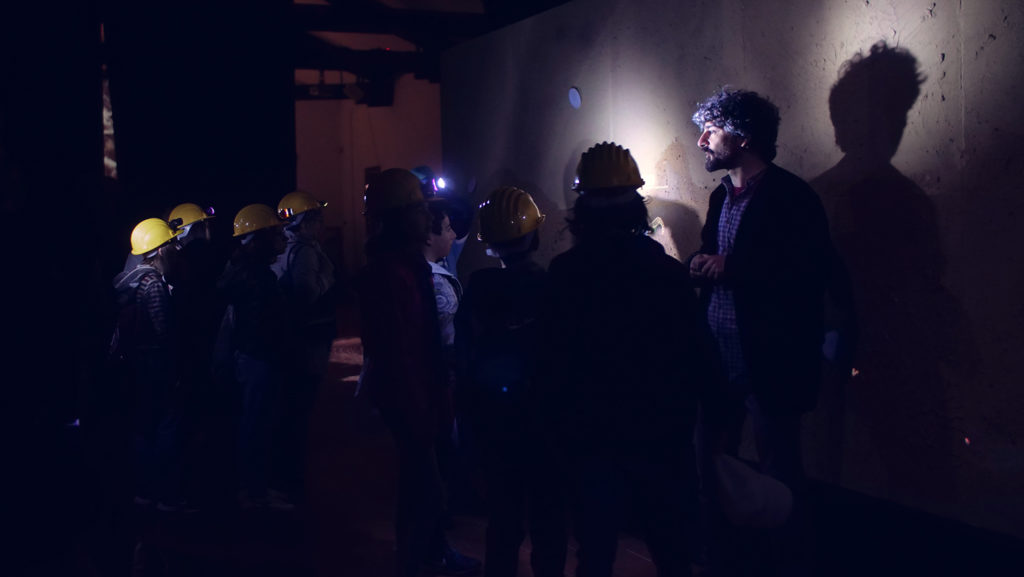Rizosfera is an interactive scientific exhibit that explores the underground world.
The rhizosphere is the soil layer that surrounds the roots of plants. This definition was first introduced in 1904 by German agronomist Lorenz Hiltner.
Over the years, scientists have discovered that a wide variety of microorganisms live in the rhizosphere, which can aid or harm the plants. Today, we know that there are fungi that can enter in symbiosis with the roots forming the so-called mycorrhiza, through which plants can feed and better protect themselves from parasites. We know that the bacteria of the genus rhizobium enter into symbiosis with the roots of some plants transforming nitrogen from the air into fertilizer and that fungi and bacteria need the work of springtails (collembola), ants, earthworms, and many other organisms.
We know a lot, but there is still much to learn. We don’t know the features and roles of more than 90% of the microbial species currently in existence, nor do we know exactly how glomalin, a fundamental substance for soil fertility, is produced.
There are many advantages to respecting and learning more about the delicate equilibrium between organisms of the soil, such as the possibility to cultivate crops with less fertilizer and pesticides and producing food in the most sustainable way possible. Rhizosphere is a traveling exhibit curated by Frame and auroraMeccanica.
For more information, visit the official website: www.rizosfera.it











